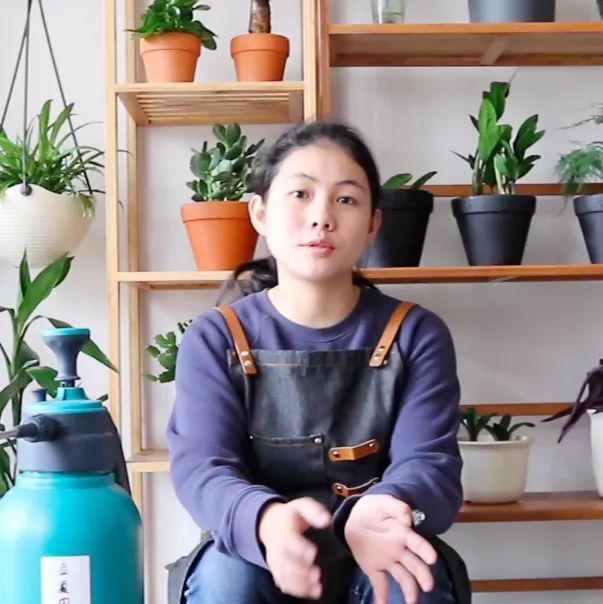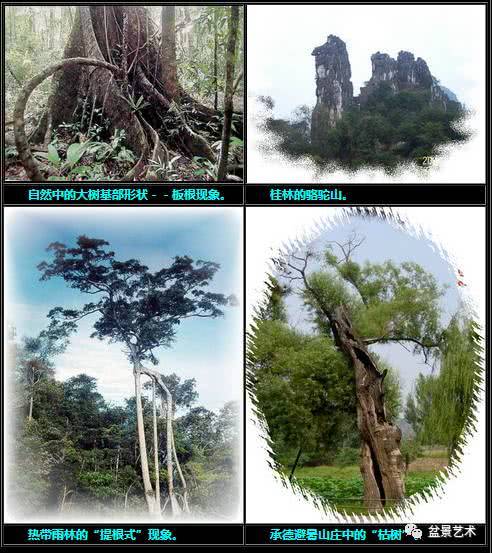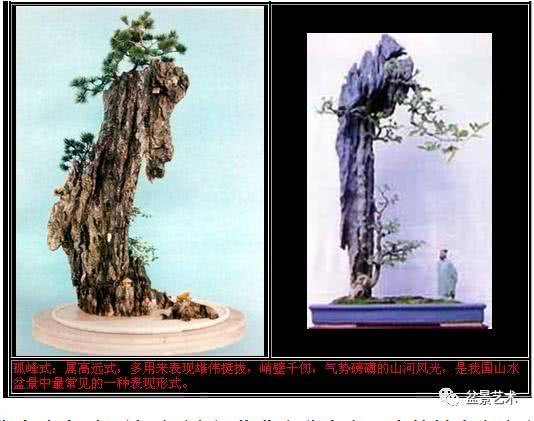Cuttings always fail? Any flower can reproduce successfully if you learn the great method of striping.

The Beginning of Summer horticulture
Be a happy flower slave
The method of striping propagation is mostly used for flowers and trees, and this method is used to propagate, because the nutrients of the mother plant can still be obtained in the process of rooting, which not only has a high survival rate, but also can maintain the characteristics of the original variety; the disadvantage is that the propagation speed is slow and can not be propagated in large quantities. Generally, it is only used for flowers and trees that are difficult to survive by cutting.
The most suitable time for pressing is from March to April, and some evergreen flowers and trees can be extended to the Meiyu season (June-July). Striping propagation can be divided into:
1. Pile earth pressing strip
Where the hard branches of flowers and trees such as pomegranate, pedicel begonia, gardenia, rhododendron, papaya begonia and so on can be used to pile soil. The method is to pile soil around the mother plant in spring, so that most of the branches are buried in the soil.
Before piling up the soil, cut the cortex with a knife, or peel the skin in a ring about 0.5ml / cm, in order to accumulate organic matter produced by leaf photosynthesis in the wound and promote healing and rooting when it is transported downward.
After the new tip grows to 20 cm, it can be cultivated at the base with fertile soil, and then pay attention to irrigation, fertilization and so on to promote its rooting. The planting time should be in late autumn or spring. Each branch is cut off from the base of the mother plant to become a new plant for pot or transplantation.
2. Twig crimping
The twig pressing method is also known as the low pressure method. All soft flowers and trees, such as oleander, sweet-scented osmanthus, wax plum, spring, jasmine and so on, can be pressed with curved branches.
The method is to bend the branches at the base of the plant into an arc, bury the arc part in the soil, and then compact the soil or press a brick or stone on the buried soil, so as to prevent the branches from popping out of the soil before taking root. Part of the buried soil should also be cut or ring-peeled, fully rooted and cut off from the mother plant.
There is another way to press the potted flowers, that is, to put another earthy basin next to the potted flowers, and after peeling or engraving the branches, press into the basin soil next to people, and the branches stick out of the pots to make them take root. This method is safe and reliable, easy to manage, and is widely used in families.
3. High branch crimping
This method is also known as air striping method. It is suitable for tall plants whose branches are not easy to bend to the ground, such as Magnolia, Magnolia, Milan and so on. The method is as follows: before sprouting, select strong flowers and trees, cut or ring peel, wrap plastic film around the bottom of the wound and tie it tightly to form a bag, fill the bag with cultural soil or coarse sand, and fasten and seal the bag mouth after watering to keep it moist.
The wound can also be tied in a bamboo tube or flowerpot opposite to the person, fastened with a rope, the tube (box) is filled with culture soil, and the tube (pot) is fixed with a bracket, or hung on a big branch with a brown rope. After rooting, cut off the mother plant from the bag or under the tube (basin), properly delete some branches and leaves of the pressed seedlings, and then plant them in the basin.
- Prev

Originated from nature, ingenious
Bonsai is an artistic reproduction of ancient trees in nature, hills and valleys. To create bonsai, we must first collect materials, make hills and valleys, and then have "reproduction" at all. Therefore, learning is naturally a prerequisite for creation. It's both creative...
- Next

How to make Gufeng mountain and stone bonsai
How to make Gufeng style bonsai with high and majestic mountains and rocks, which are made by artistic processing. When making the peak, it is necessary to master the appropriate height, which is generally 2 times the width of the basin. The mountain peak should not be too short, too short performance mediocre, does not show steepness.
Related
- Wuhan Hospital Iron Tree Blooming Result Was Instantly Frightened by the Gardener Master
- Which variety of camellia is the most fragrant and best? Which one do you like best?
- What is the small blue coat, the breeding methods and matters needing attention of the succulent plant
- Dormancy time and maintenance management of succulent plants during dormancy
- Minas succulent how to raise, Minas succulent plant pictures
- What are the varieties of winter succulent plants
- How to raise succulent plants in twelve rolls? let's take a look at some experience of breeding twelve rolls.
- Attention should be paid to water control for succulent plants during dormant period (winter and summer)
- Watering experience of twelve rolls of succulent plants
- Techniques for fertilizing succulent plants. An article will let you know how to fertilize succulent plants.

